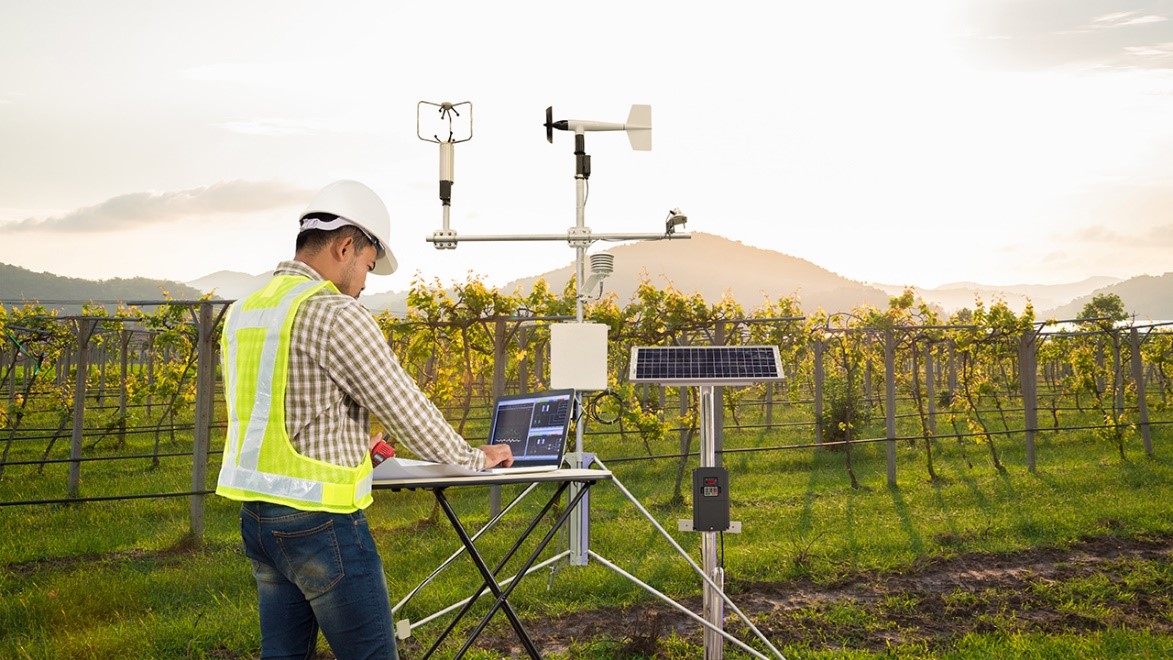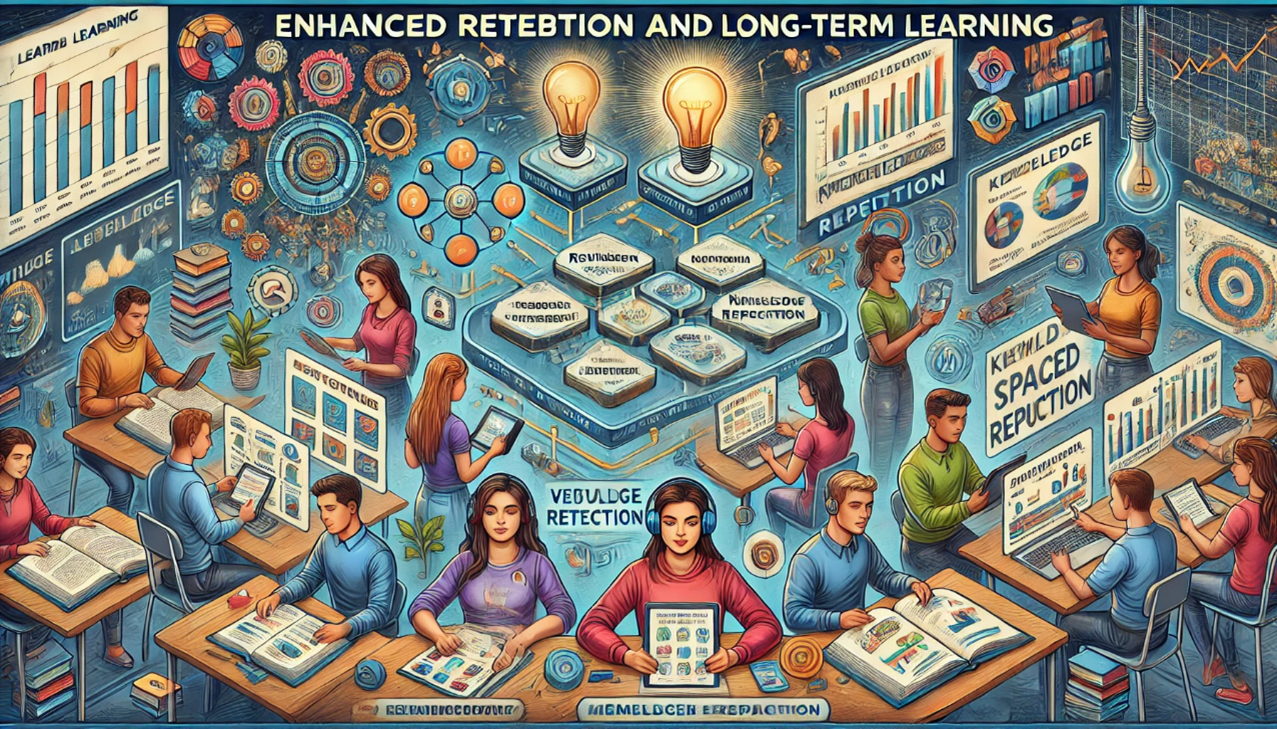How Can You Reduce Your Carbon Footprint Daily?

How Can You Reduce Your Carbon Footprint Daily?
by Nathaniel 04:50pm Jan 22, 2025
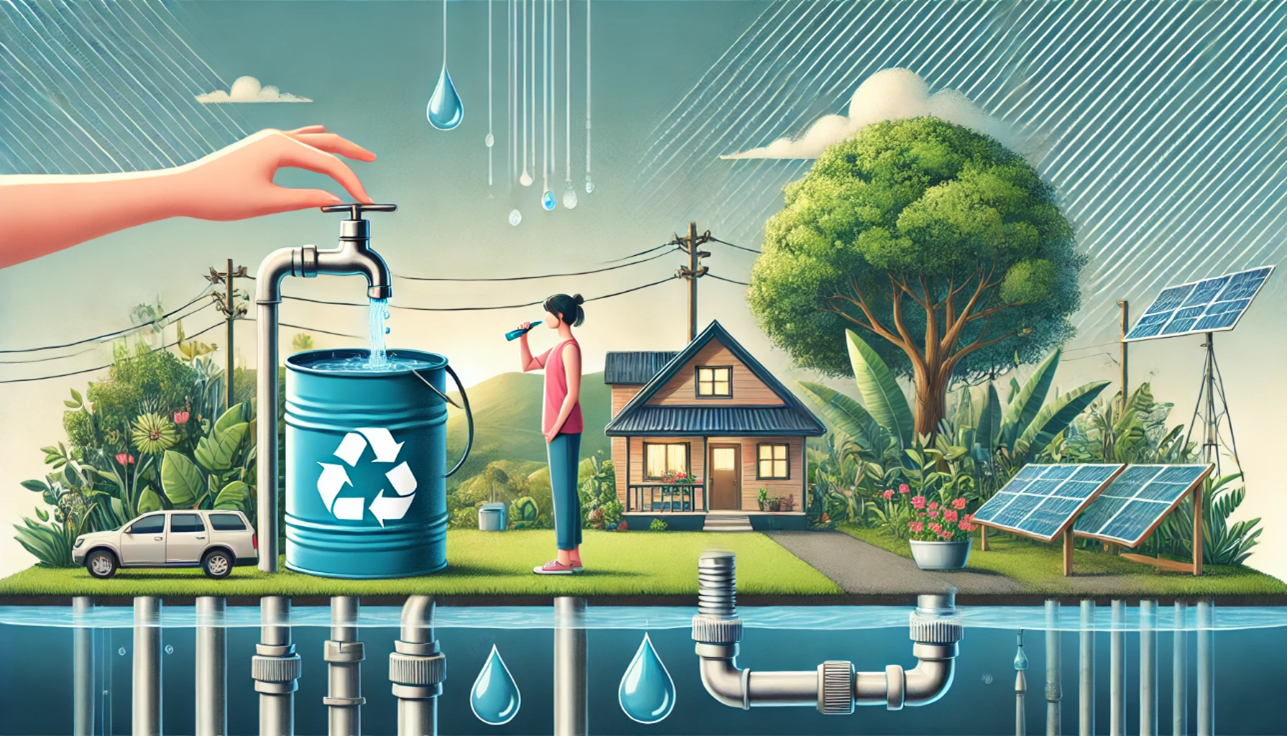
How Can You Reduce Your Carbon Footprint Daily?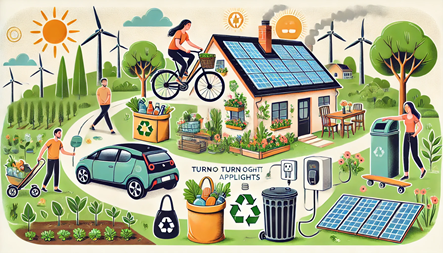
Reducing your carbon footprint on a daily basis involves making conscious choices that minimize your impact on the environment. Even small changes can add up to make a significant difference over time. Here are some practical ways to reduce your carbon footprint every day:
1. Use Energy Efficient Appliances
Switch to LED light bulbs: LED bulbs use less energy and last longer than traditional incandescent bulbs, helping reduce electricity consumption.
Unplug devices:Many electronics continue to draw power even when turned off. Unplug devices when not in use or use a power strip to easily disconnect multiple items.
Choose energy-efficient appliances: When replacing appliances like refrigerators, washing machines, or air conditioners, look for ENERGY STAR-rated products that consume less energy.
2. Adjust Your Transportation Habits
Walk, bike, or use public transportation: Reduce your reliance on cars by choosing more sustainable modes of transport. Walking or biking for short trips helps cut emissions and benefits your health.
Carpool or rideshare:Share rides with others to reduce the number of vehicles on the road and the carbon emissions that come with them.
Drive efficiently:If driving is necessary, adopt fuel-efficient driving habits. Avoid speeding, unnecessary idling, and rapid acceleration to reduce fuel consumption.
Consider an electric vehicle (EV): If you're in the market for a new car, opt for an electric vehicle, which has a lower carbon footprint than gasoline-powered cars.
3. Reduce, Reuse, Recycle
Cut down on single-use plastics: Use reusable shopping bags, bottles, and containers to avoid single-use plastic. Choose alternatives like glass or stainless steel instead of plastic items.
Recycle properly:Sort recyclables and ensure you're following local guidelines for disposal. This reduces the need for new raw materials and helps minimize waste.
Repurpose or donate items: Instead of throwing away old clothes, furniture, or electronics, donate them, sell them, or repurpose them to reduce landfill waste.
4. Conserve Water
Shorten your showers:Reducing the time you spend in the shower can significantly lower your water consumption and energy use (since heating water requires energy).
Fix leaks promptly:A dripping faucet or running toilet can waste a significant amount of water over time. Repair leaks as soon as you notice them.
Use water-efficient appliances: Choose water-saving fixtures like low-flow showerheads and faucets, and use energy-efficient dishwashers and washing machines that consume less water.
5. Change Your Eating Habits
Eat more plant-based meals: The production of plant-based foods generally has a smaller carbon footprint than animal-based products. Reducing your meat and dairy consumption, even just a few days a week, can make a big difference.
Buy local and seasonal produce: Purchasing locally grown, seasonal food cuts down on the energy required for transportation and supports sustainable farming practices.
Minimize food waste:Plan meals, store food properly, and use leftovers to prevent wasting food. Composting food scraps is also a great way to reduce waste and improve soil health.
6. Switch to Sustainable Products
Choose eco-friendly products: When shopping, look for products made with sustainable materials, such as bamboo, organic cotton, or recycled materials. Avoid items with excessive plastic packaging.
Buy less:Overconsumption leads to higher production rates, which contribute to carbon emissions. Only buy what you need and invest in quality, durable items that will last longer.
Use eco-friendly cleaning supplies: Traditional cleaning products often contain harmful chemicals and contribute to air pollution. Opt for natural, biodegradable cleaning products instead.
7. Practice Energy Conservation at Home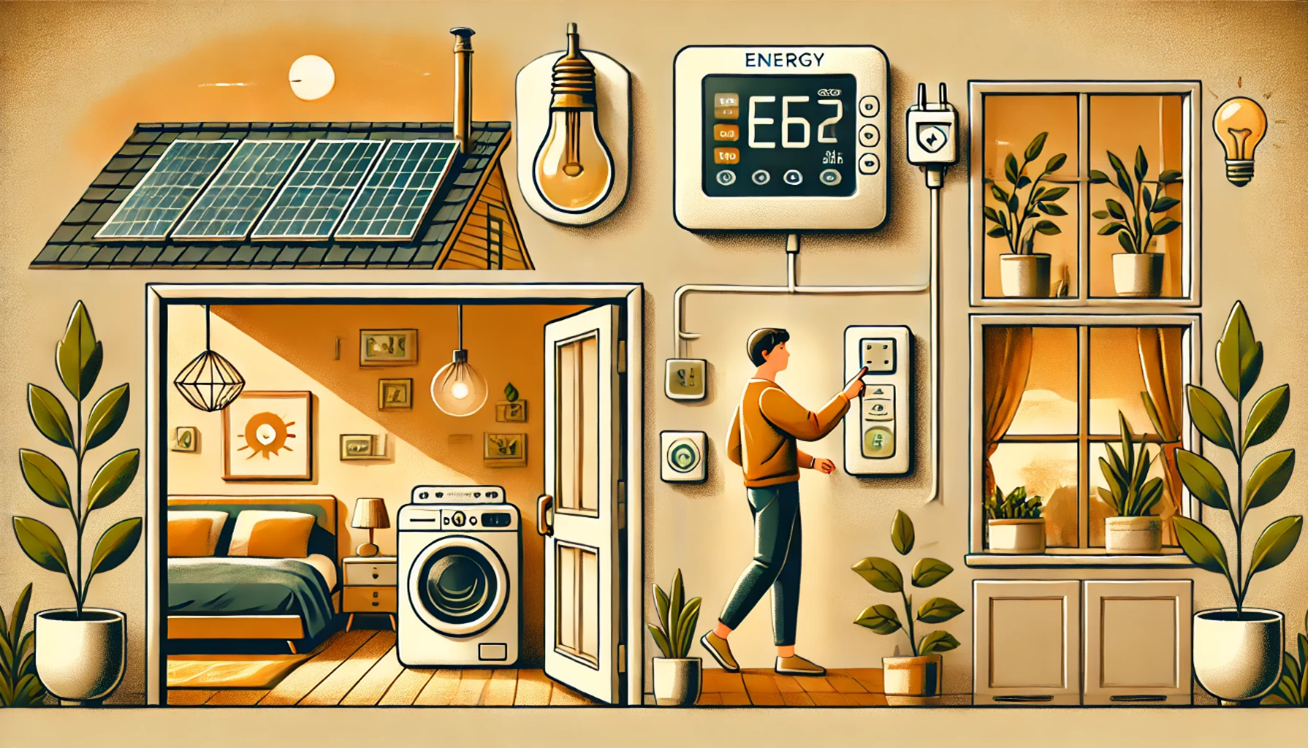
Set thermostats wisely: In winter, set your thermostat lower and wear warmer clothing to reduce heating costs. In summer, raise the thermostat and use fans to stay cool.
Seal windows and doors: Proper insulation helps maintain the temperature in your home, reducing the need for heating or cooling. Seal gaps around windows and doors to prevent energy loss.
Use natural lighting:Open windows during the day to let in natural light and avoid using electric lighting.
8. Support Renewable Energy
Switch to renewable energy providers: If possible, choose a utility company that provides electricity from renewable sources like wind, solar, or hydroelectric power.
Consider solar panels:If you own your home, installing solar panels can significantly reduce your reliance on fossil fuels and lower your electricity bill in the long run.
9. Reduce Air Travel
Fly less:Airplanes are a major source of carbon emissions. If possible, avoid unnecessary flights and opt for virtual meetings or local travel instead.
Choose direct flights:Direct flights tend to use less fuel than flights with layovers, as takeoff and landing consume the most energy.
Offset your carbon emissions: If you must fly, consider purchasing carbon offsets to counteract the environmental impact of your flight.
10. Advocate for Change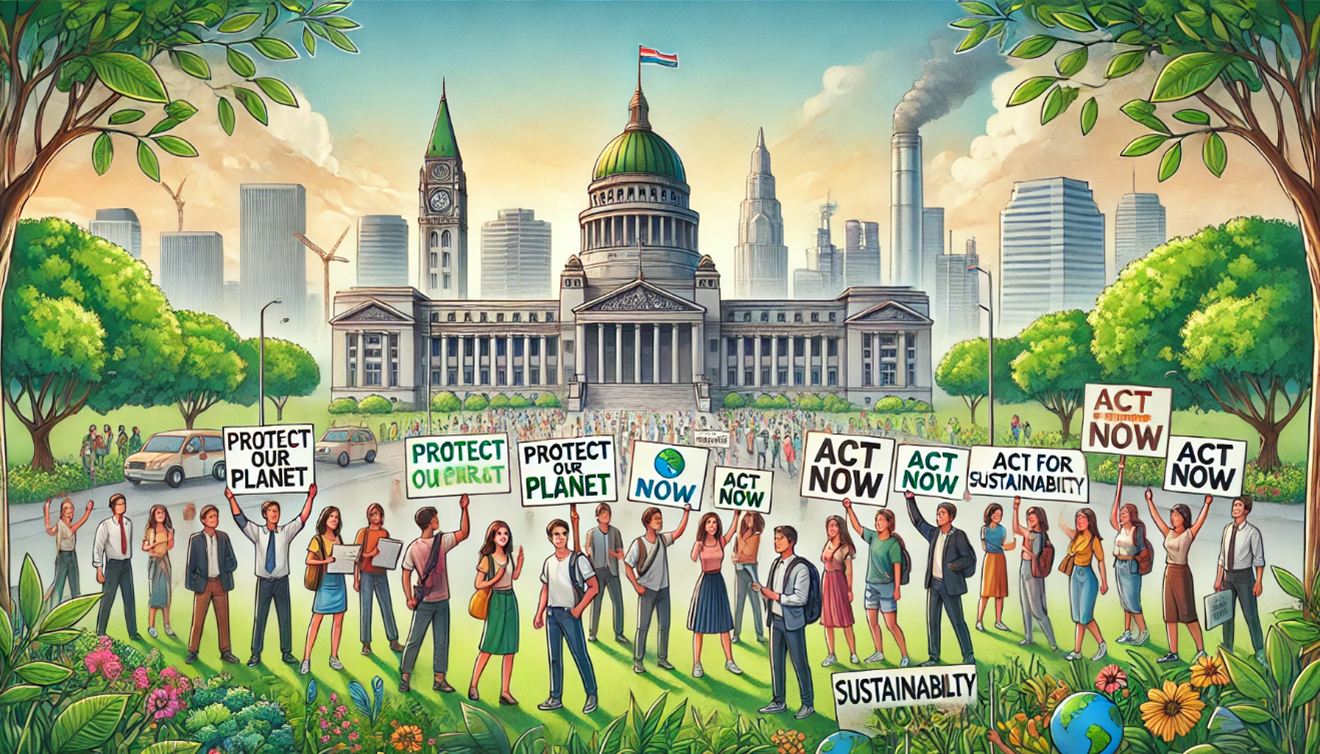
Support policies that promote sustainability: Advocate for policies that address climate change, support renewable energy, and encourage waste reduction. Voting for leaders who prioritize environmental protection is a powerful way to drive systemic change.
Support sustainable businesses: Choose companies that prioritize sustainability in their practices, from ethical sourcing to energy-efficient production methods.
11. Educate Yourself and Others
Stay informed about climate change: The more you learn about sustainability and its impact on the environment, the easier it becomes to make eco-friendly choices. Share what you learn with others to help inspire collective action.
Final Thought:
Reducing your carbon footprint requires ongoing effort, but even small changes in your daily habits can collectively lead to significant environmental benefits. The key is consistency and making sustainable choices part of your routine. As you adopt these strategies, you’ll not only lower your carbon footprint but also inspire others to make more eco-friendly decisions.


